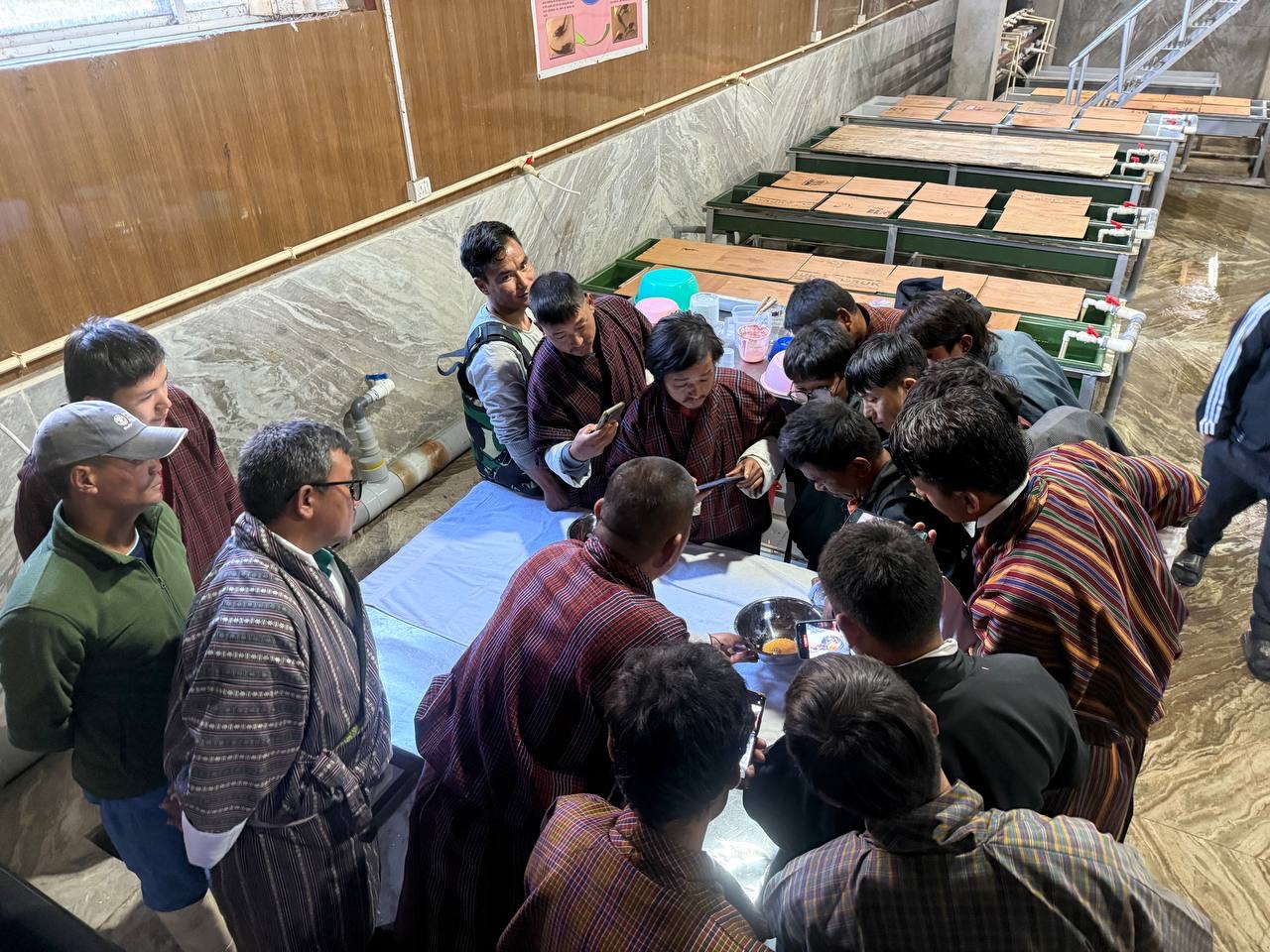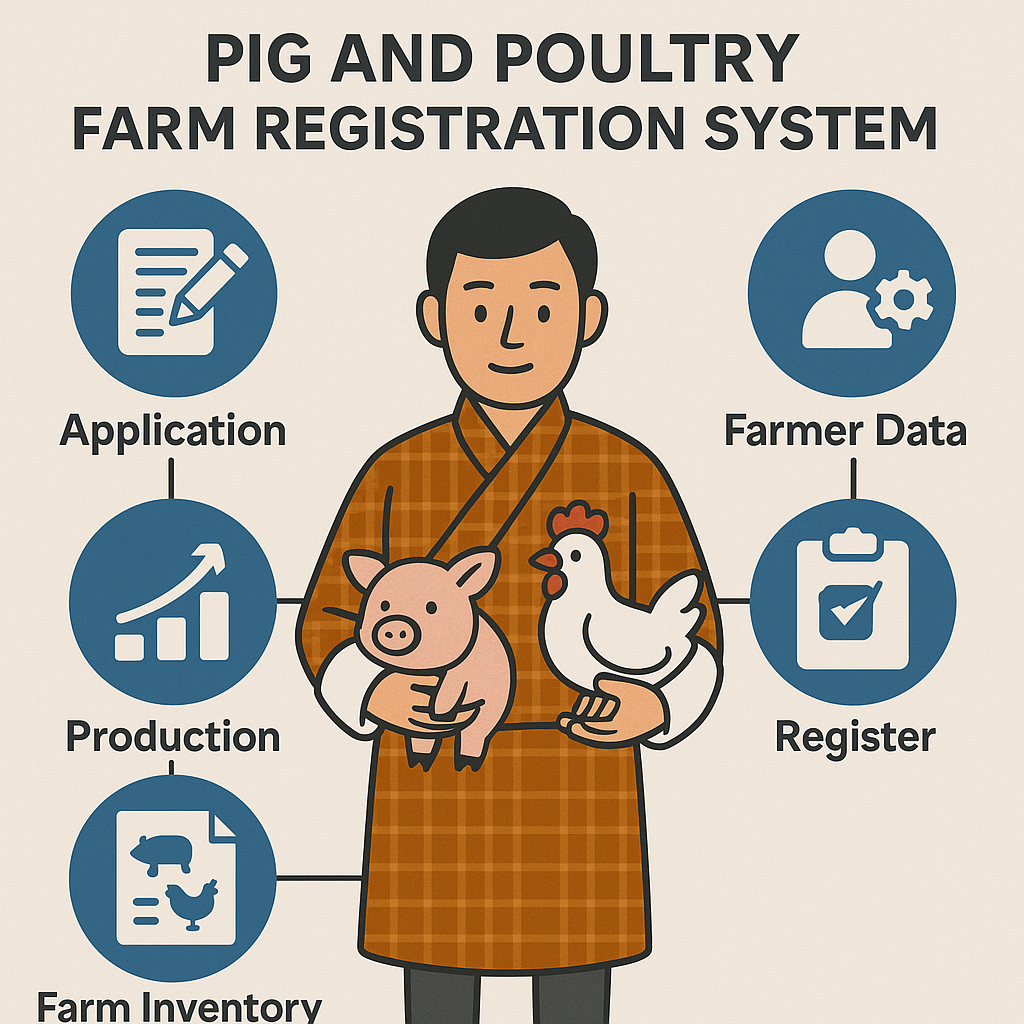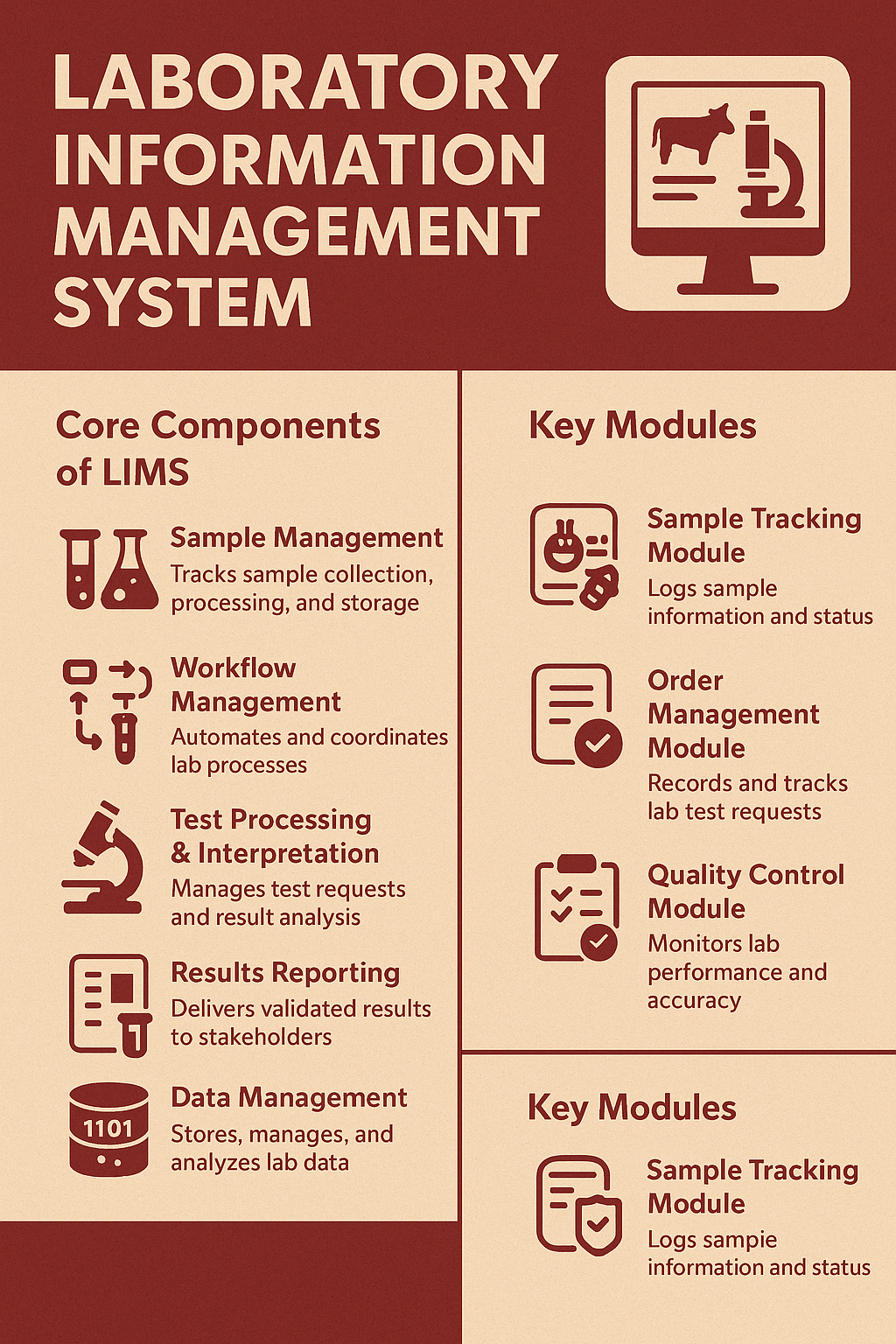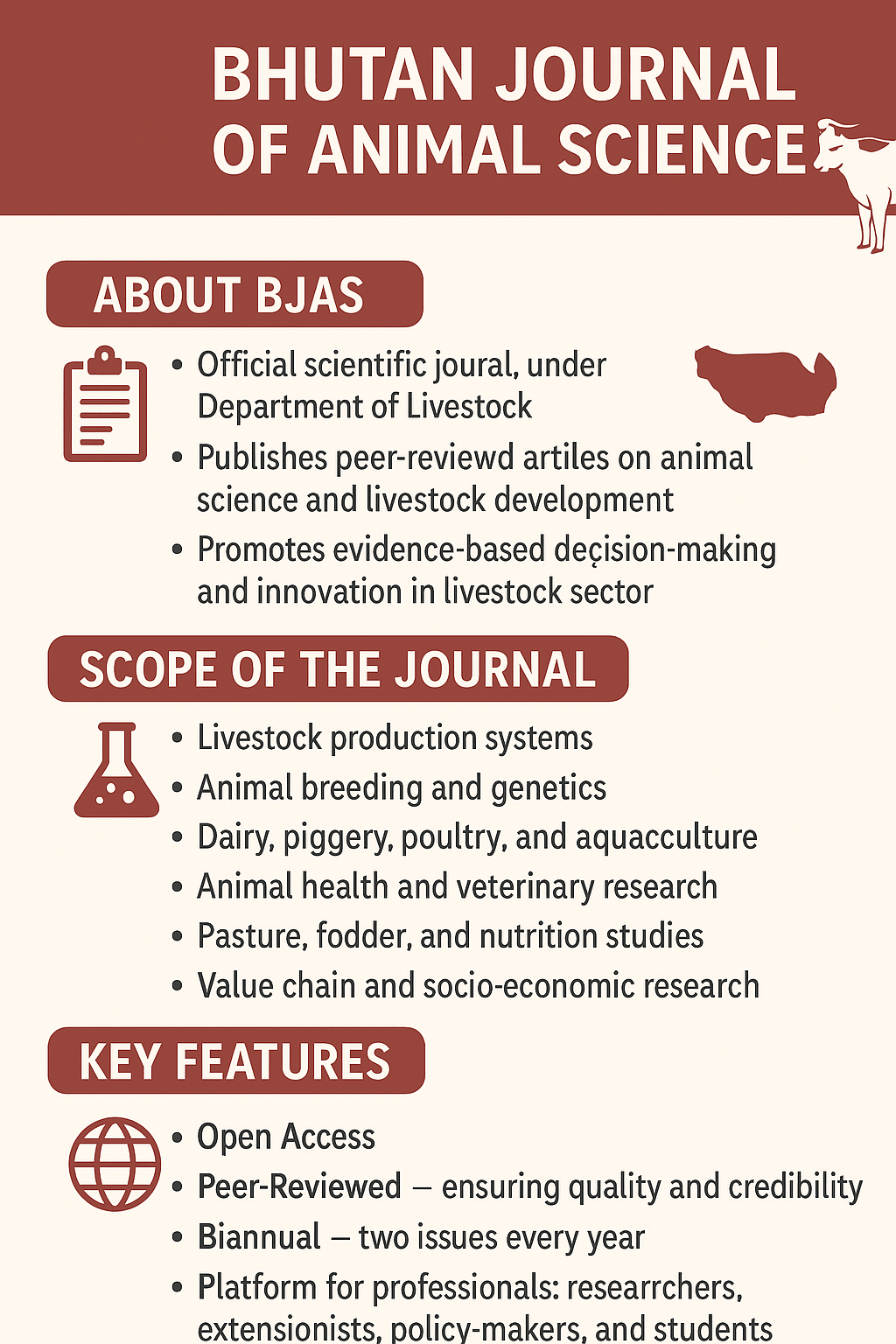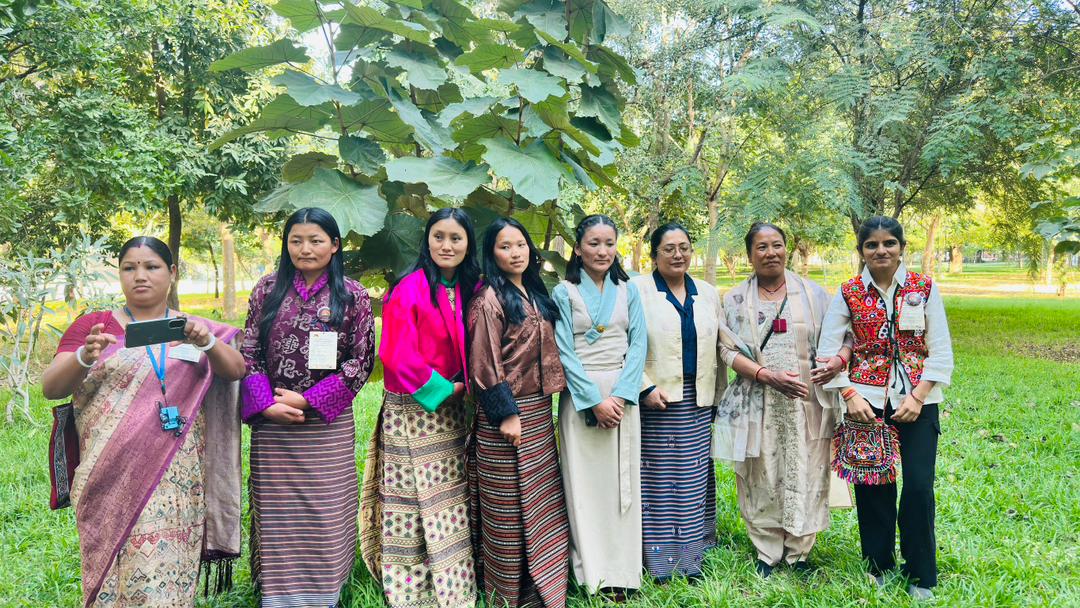
16.12.2025: Three young Bhutanese yak herder women, led by the Chief Livestock Officer, represented Bhutan at the Asian Pastoralists Women Gathering held in Ahmedabad, India. During the gathering, the young herders shared Bhutan’s rich pastoral culture and traditions, highlighting the central role of women in yak herding communities. They spoke about their lived experiences as pastoralists, including the challenges posed by climate change, rising temperatures, shrinking grazing areas, and their impacts on livelihoods in the Himalayan region.

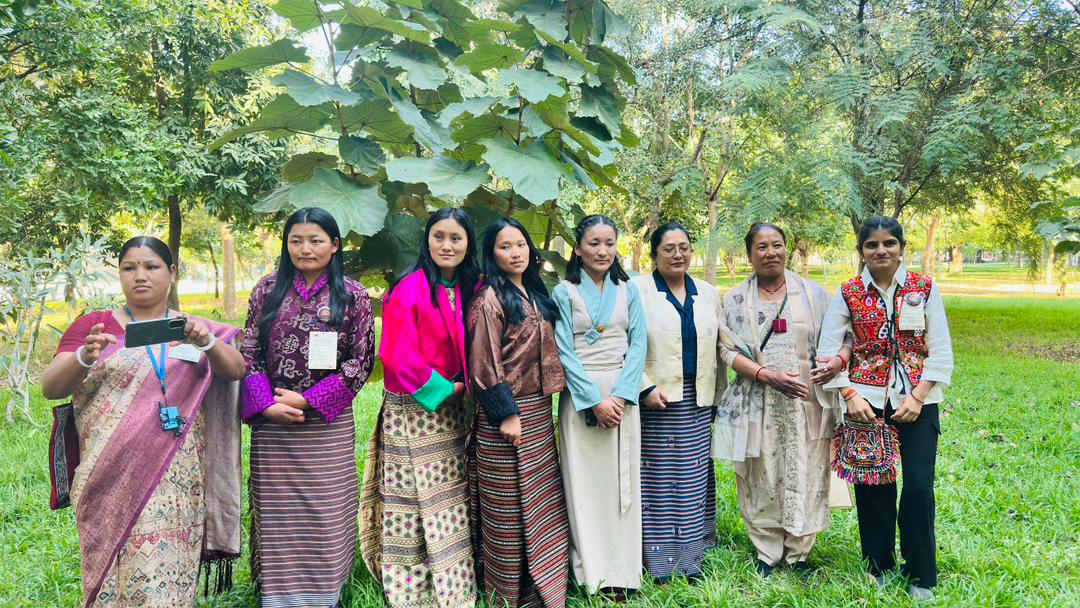

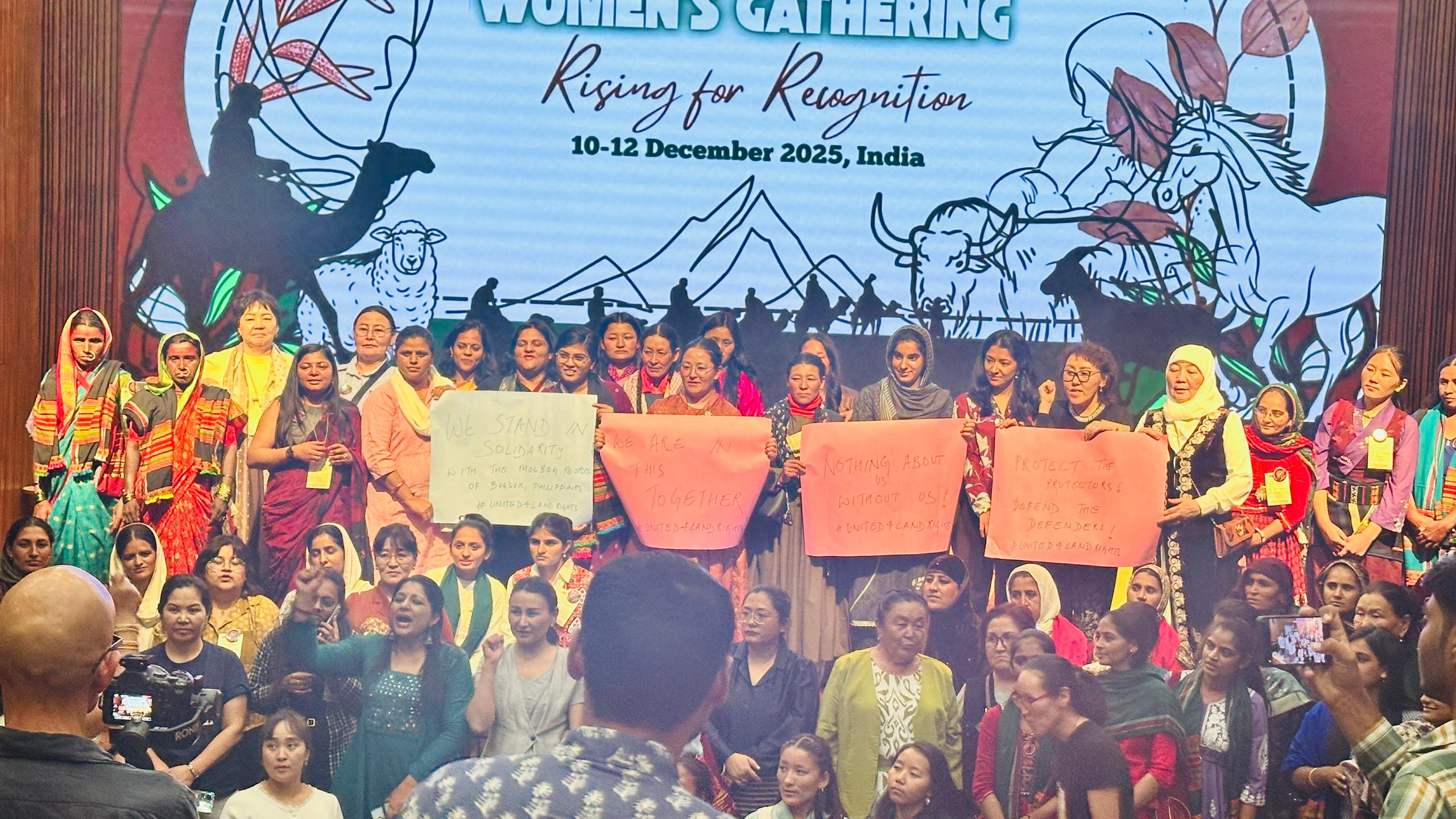

The Chief Livestock Officer presented Bhutan’s policy framework on pastoralism and outlined government support aimed at strengthening rangeland management, enhancing yak-based livelihoods, and improving the resilience of pastoral communities. He also emphasized the critical role of women in pastoral households—as decision-makers, resource managers, and custodians of culture and tradition.
The Asian Pastoralists Women Gathering brought together over 150 representatives and community elders from 12 countries to discuss the growing challenges facing rangelands and pastoral livelihoods across Asia. The event focused on reviewing and updating the Mera Declaration of 2010 and developing a shared regional strategy, particularly in light of 2026 being designated the International Year of Rangelands and Pastoralists.
![]()

